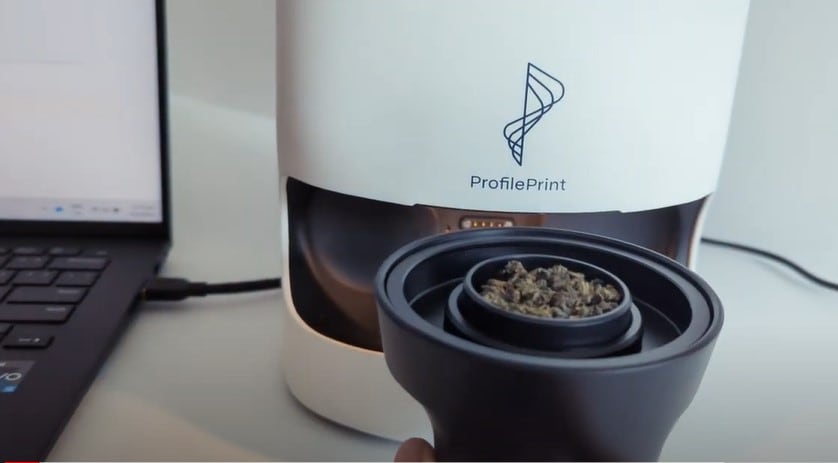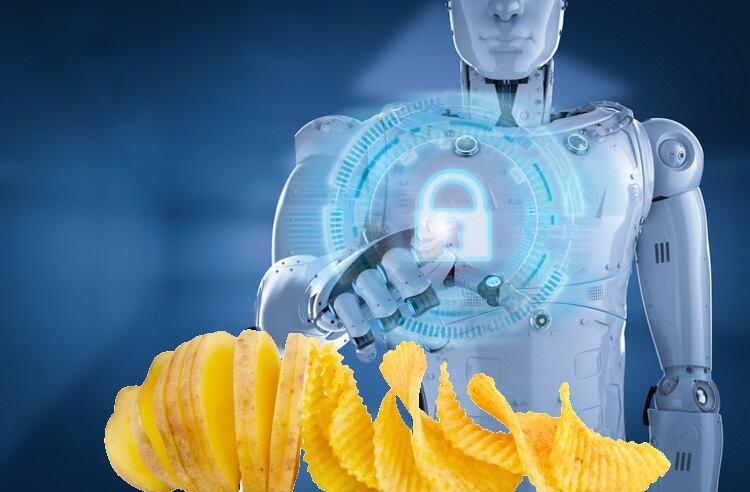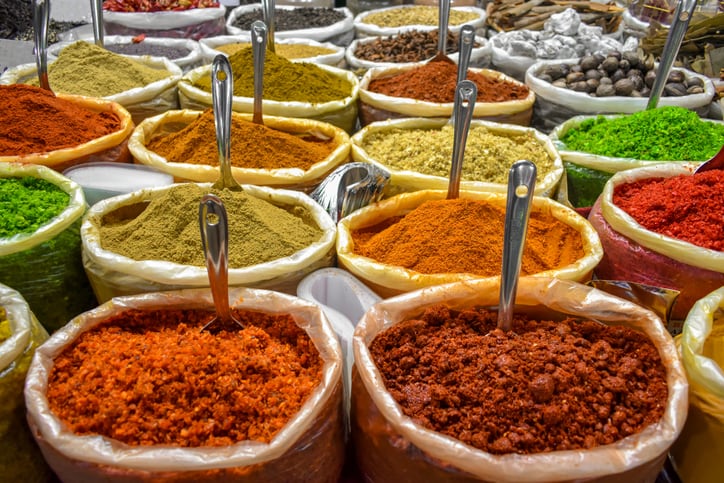Singapore-based food tech firm ProfilePrint takes on grading wet samples, says it requires humans to train its analyser and make decisions on ensuring food safety and quality.
The firm has seen much success with analysing the purity of dry ingredients, with its technology not only obtaining digital fingerprints for tea but also for cocoa and coffee.
Today, the firm has since made improvements to its technology and are confident to take on wet ingredients.
“When we first started, ProfilePrint was seen as a simple profiler with hardware that could build basic models to determine taste profiles. Although the technology itself remains valid, we have upgraded the AI and machine learning components over the past few years, and they have evolved into what we now call our ProfilePrint toolbox, which includes our proprietary machine learning algorithms, unique data processing algorithms developed from years of client experience, and a set of best practices,” said Sherman Ho, ProfilePrint’s chief scientific and technology officer.
ProfilePrint’s analyser uses visual analysis to obtain a digital fingerprint. This process is based on spectroscopy principles.
“When humans see clear liquid, we don’t know if it is really unadulterated. Our analyser, however, operates in the near-infrared range and perceives much more. Analysing liquids is more challenging due to the sample preparation requirements. Solids are easier to handle, while liquids need consistent and precise measurement, such as using a dropper to put in the exact amount for sampling. Despite the differences in handling solids and liquids, our capabilities remain the same for both,” said Ho.
The team is still exploring model development for liquids in general, but they have done considerable work with oils and are also investigating the potential to build flavour models for alcohol.
Going beyond dry ingredients
As a startup, the firm has been opportunistic in its approach, taking every opportunity that came along over the past few years. But things are going to change.
“Moving forward, we will try to prioritise certain verticals, but if an interested customer comes along and we believe our technology can help them, there's no reason to say no. So far, our focus on different verticals has been opportunistic and reflective of the major markets in those areas.
“For example, in Japan, it's often about beers and alcohols. We let our distributors guide us in tackling the Japanese market. In China, we had some initial contacts with coffee, tea, and packaged goods companies before expanding, so it was natural to find similar players there,” said Ho.
Recently, the firm has seen interest among clients in Southeast Asia for oils.
“We have started working on analysing the adulteration of olive oil, which is often mixed with neutral-tasting oils to bulk it up and reduce the amount of actual olive oil. In an experiment, we mixed olive oil with sunflower or canola oil and successfully detected the adulteration. This is a recent development, and we have a special accessory for handling liquids. So we can handle liquids like juices, and even semi-solids like margarine, butter, and shortening,” said Ho.
As for alcohol, most interest comes from the Asian region, and ProfilePrint currently works closely with clients in Japan. The firm is focusing on fermented alcohols such as sake, beer, and wine.
“Distilled alcohols are more challenging, and we understand our technology's limitations. However, we are looking at how to address distilled alcohols in the next year or so. The main difference between fermented and distilled alcohols is their complexity. Fermented alcohols, like beer, contain many substances and compounds, resulting in complex taste profiles. Distilled alcohols are much purer and cleaner in taste due to the distillation process, which removes many flavour compounds and residues. Our analyser has certain sensitivity limits. At this point, distilled alcohols challenge these limits due to their reduced compound content,” said Ho.
Complementing human labour
When asked to elaborate on how ProfilePrint plays a role in ensuring food safety and quality for manufacturers, Ho said the firm plays the role of an assistant to improve processes.
“We help them make decisions faster, easier, and better. We can assist at various stages of the manufacturing process, from procurement to ensuring the consistency of incoming materials. You can use our solution to do a simple check before signing the delivery order and then monitor your processes to detect any anomalies. At the end of production, we can monitor the output to ensure it aligns with previous batches and identify any issues. This allows you to quarantine and conduct further checks before releasing the batch to consumers.”
But Ho observes that adoption rate of AI technology is slow, with workers fearing that they might be replaced.
“It doesn’t make sense to replace all humans because machines need human training. In the long run, humans can never be replaced by machines. Just as accountants didn’t become obsolete with the advent of Excel, we still need people to use and manage AI and machine learning tools. ProfilePrint aims to assist, not replace, these professionals.
“AI and machine learning mimic human learning. Just as you train an intern to recognise what works and what doesn’t, they continue to learn and assist in decision-making, but you don’t actually let an intern make decisions in a company. Our system works the same way.
“Much education is needed. Japan and China are leaders in technology adoption, with China having a deep understanding of AI. Surprisingly, Western countries are slower to adopt new technology,” said Ho.
Going forward, ProfilePrint will focus on expanding the range of data the analyser can capture.
“We’ll capture full palm prints instead of just thumbprints, allowing for even more accurate and comprehensive modelling. This will enable our technology to learn and perform better,” said Ho.





